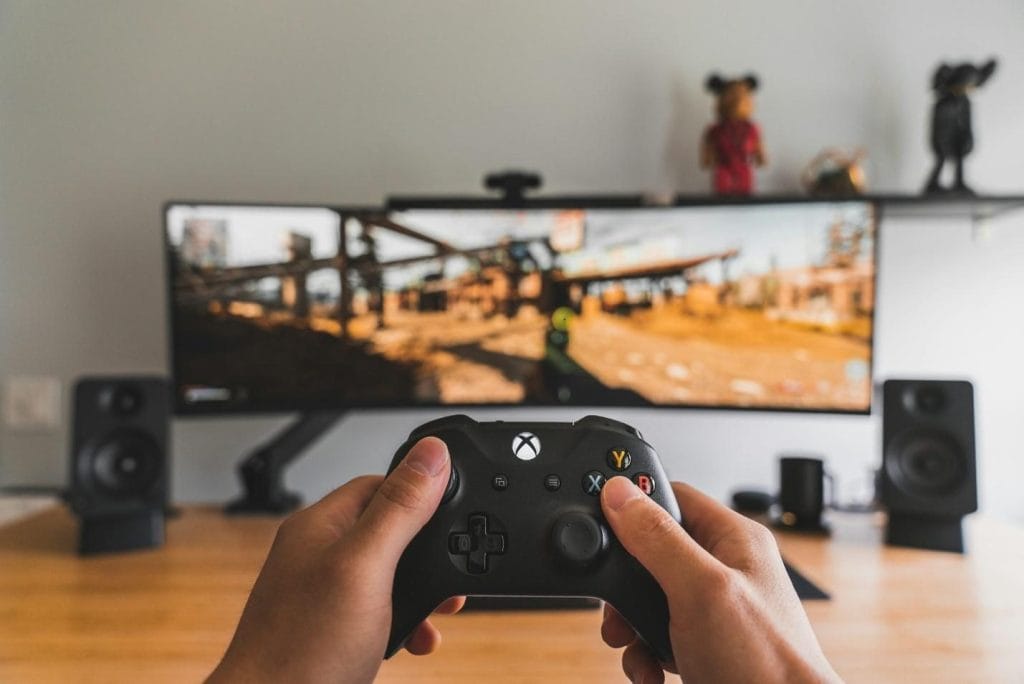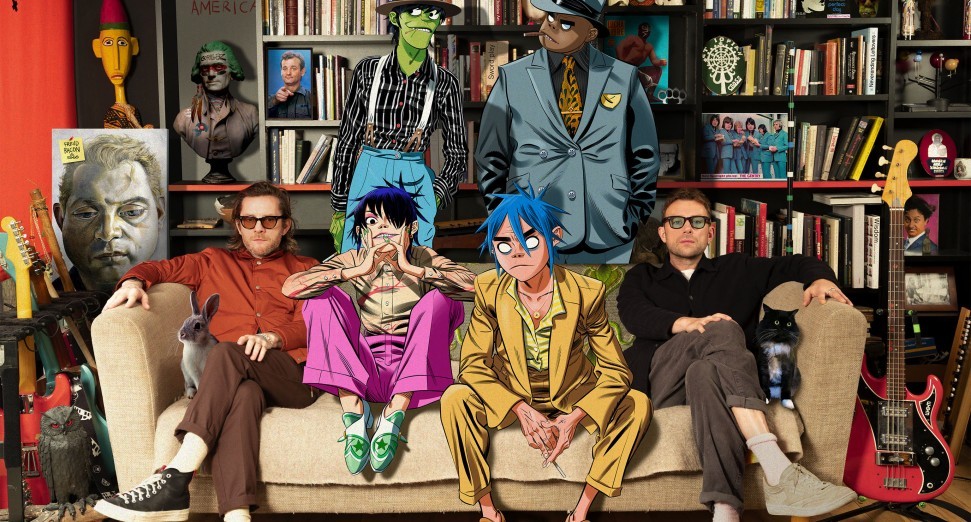
Making Music Content Accessible
Music has never been about anything but the connection between cultures, emotions and moments. For too long, though, for too many, particularly for the deaf and hard of hearing, being connected to the whole essence of music has remained elusive. In a world where digital content reigns supreme and accessibility is now the only choice, the music industry is looking to AI transcription to help close the gap. It’s no longer about interviews or lyrics alone—it’s about opening the doors for everyone to experience the full range.
From Niche to Necessity
Once a nicety for elite audiences only, subtitles and captions are now a standard feature of virtually every digital form of media. In growing numbers, audience members due to hearing loss, language issues or simply viewing in noise-sensitive spaces, depend on this mode of accessible media to be fully invested. It’s no longer a matter of ticking the accessibility law or media standard compliance box. For music producers, composers, content creators and promoters, an inclusive design approach is a strategic decision that unlocks new paths for audience extension, international connectivity and fan interaction.
Enter artificial intelligence-powered transcription tools. The new-age, natural language processing and sophisticated machine learning-based services can now generate a video to text transcript within minutes. It is now simpler than ever to caption interviews with artists, record festival panels and post behind-the-scenes content to a much broader and diverse audience. Turnaround and accuracy reduce the requirement for large production crews or weeks’ worth of post-production work for artists to make their content available.
This technological movement applies to electronic music, as words don’t necessarily convey the message. The tracks may be instrumental, but the histories behind them, related through podcast conversations, documentary shorts and social video posts, are equally as influential. The artist’s backstory, the scene reflected in the work itself, can be recorded and accessed through AI transcription, enabling the audience to feel the world beyond sound. This way, recording and disseminating visual content through transcripts makes it so that none are left missing a beat—literally or metaphorically, matter how they experience content.
AI Makes It Fast—and Accurate
Transcription used to involve hours of typing or using costly and time-intensive services. However, things have changed now with the use of contemporary AI technologies. These websites can digest audio and video, sometimes even in noisy environments and provide high-accuracy transcripts within minutes.
For touring artists, record labels with content collections or festivals that hold hundreds of recorded sets and interviews, that level of efficiency makes a huge difference. It enables content to be published quickly, archived accurately and most importantly, made available with little effort.
The technology is still imperfect. Accents, overlapping speech and music in the background can still mislead AI systems. However, for most applications, particularly interviews and documentaries, the accuracy is now approaching human level, frequently with the added advantages of automated punctuation, speaker tagging and timestamping.
Overcoming Language and Sound Barriers
Access is more than hearing loss. It is about universal accessibility. Listeners worldwide consume English-language music content but don’t necessarily speak English. Transcription software powered by artificial intelligence has integrated translation into its feature set, enabling content creators to provide subtitles for different languages.
This implies that a live techno set from Berlin or an ambient soundscape from Tokyo can be enjoyed (and interpreted) by viewers from Bogotá, Lagos or Manila. The formerly opaque cultural walls between regional scenes are disintegrating and transcription technology is an element of that disintegration.
Linguistic transparency is crucial in a scene that thrives through teamwork and cross-pollination. From sharing a panel discussion regarding the sustainability of a festival or an intimate artist’s reflection on mental health, making the content globally understandable strengthens the universality of music culture.
Artists and Record Labels Leading the Way
With more autonomous artists adding transcription to their content strategy, particularly those who create vlogs, commentary or fan Q&As, it shows that the motivation for labels is more than audience building—it’s brand credibility. Translating content makes it clear you care about everyone listening, not just those who hear perfectly.
Innovative record labels and event organizers are adding transcripts to video metadata, enhancing search ranking. That’s right: accessibility isn’t only good ethics—it’s a smart strategy. Search engines prefer content embedded with transcripts, meaning your live stream, interview or music video has better visibility, engagement and greater impact.
Even large streaming sites like YouTube feature better auto-captioning, but combining that with an AI-created script from a third-party tool enables creators to edit the errors and craft the message to fit the brand voice. It’s the difference between using a generic subtitle and delivering a polished experience.
A Culture of Inclusion
AI transcription isn’t the end goal. It’s part of an overall trend toward more universal content within the music space. However, it’s a cost-effective, scalable and straightforward step to implement within workflows.
At its essence, music is supposed to move people, not alienate them. And as important as the sounds themselves are, what’s being said through them is essential, too. All people should be allowed to listen to those words through captions on a video set tour, a translated artist journal or an audio-described film.
The products are available now and demand for them is increasing. The music industry, particularly the sections on the digital frontier, must ensure that accessibility isn’t so much a trend as a norm. With AI transcription now part of the equation, everyone can finally observe accessibility being addressed not as an afterthought but as an integral part of musical development.



